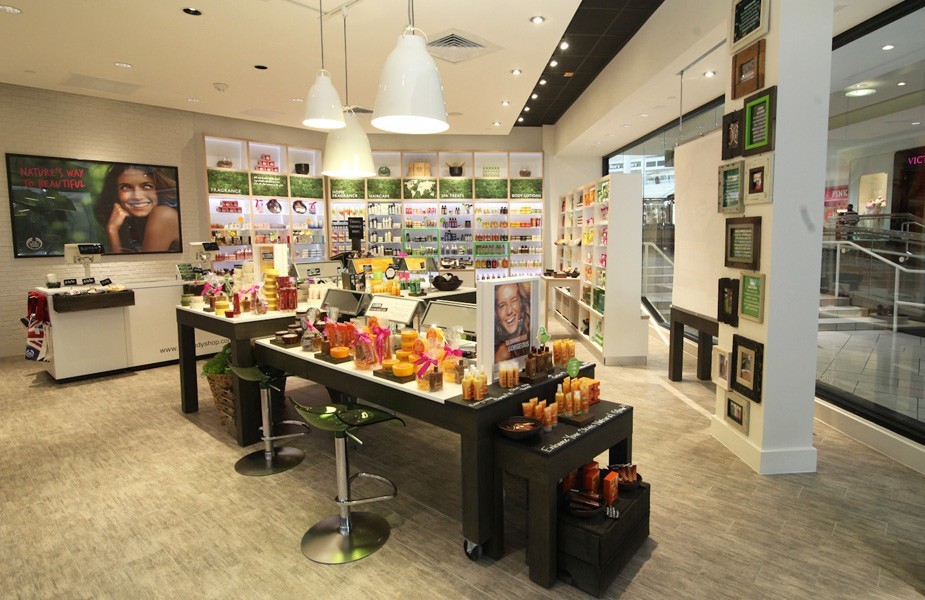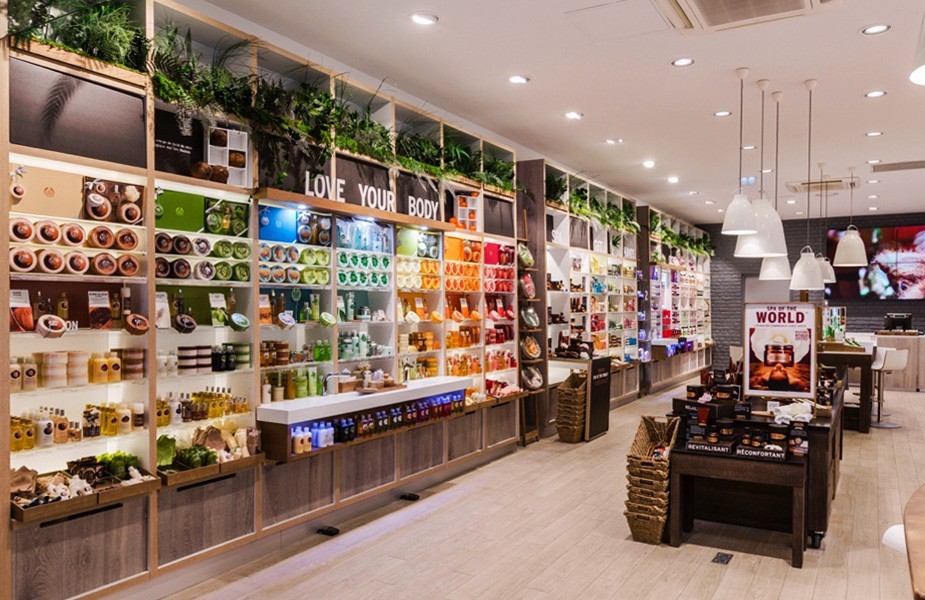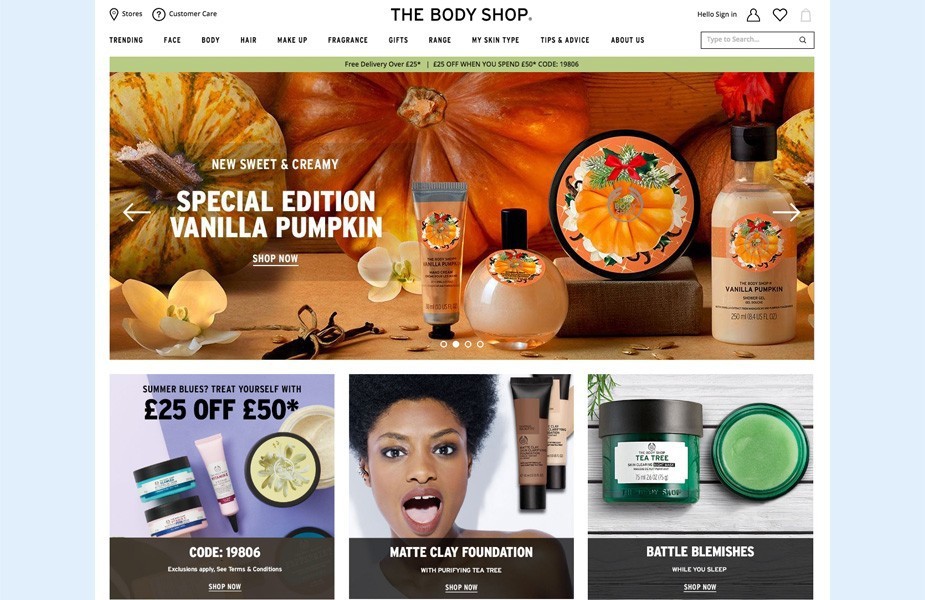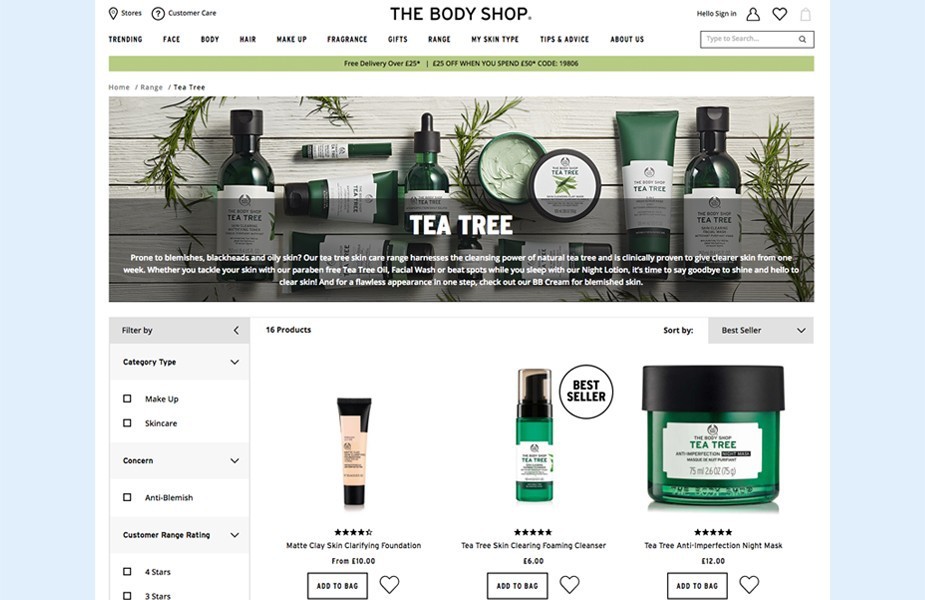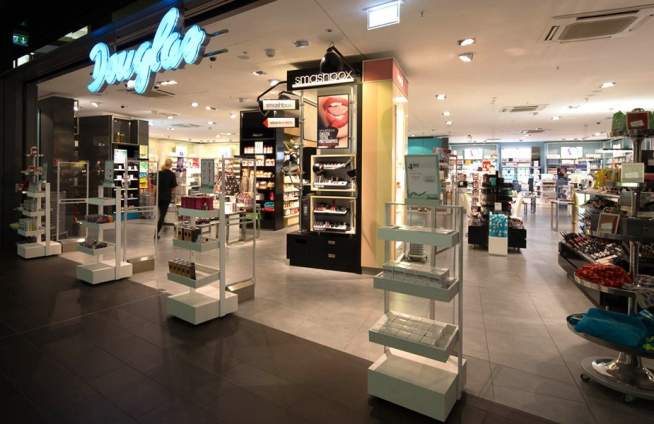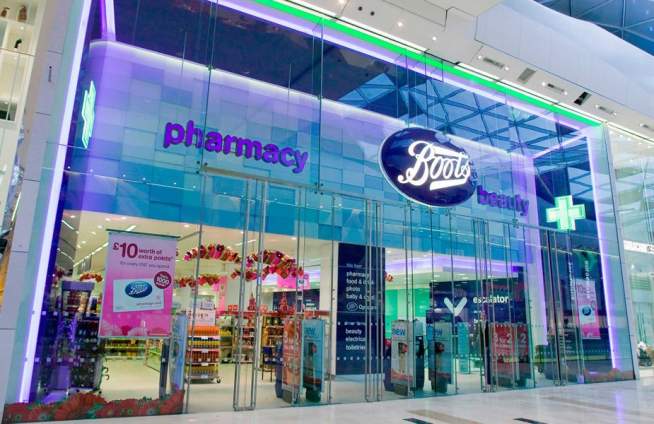News and Views
After The Body Shop encountered an enormous sales performance decline, due to the economic downturn in 2010, it set about a process of renewal.
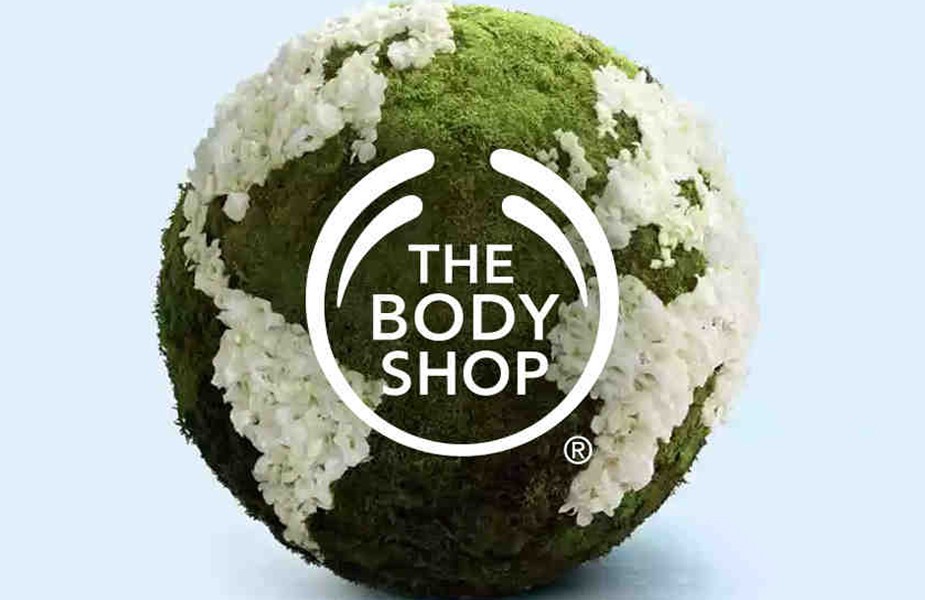
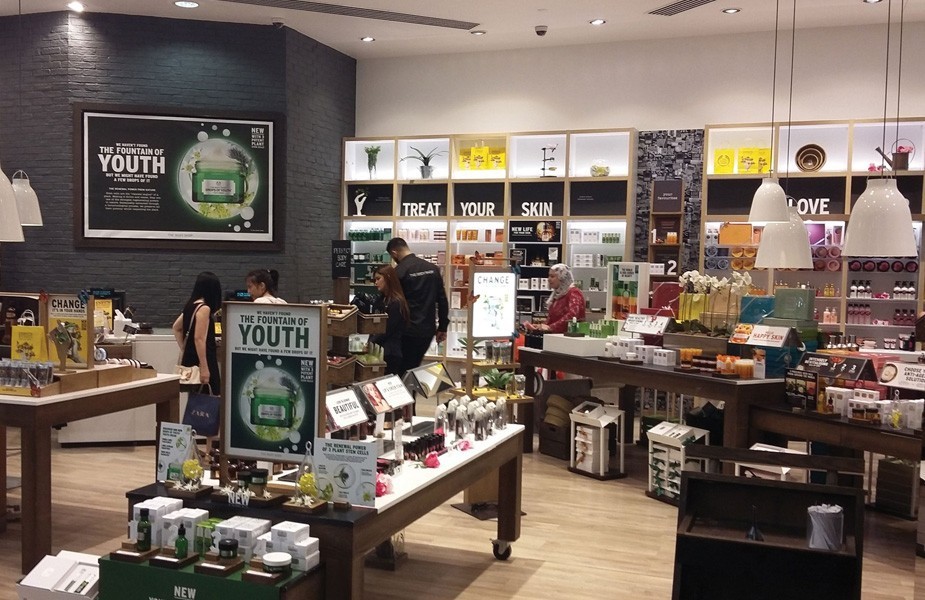
Facing a perfect storm
In a previous article, we reviewed the multi-channel beauty retail pioneer, Douglas GmbH. Now, in the second of our three-part series, we shift our focus to the strategies employed by niche ethical beauty retailers, with The Body Shop as a prime example.
The Body Shop has long been recognised as one of the world’s largest cosmetics brands, primarily known for its skincare products. Its market position is grounded in its eco-friendly values, with a competitive edge derived from nature-based products and a mid-range price point.
In 2006, L'Oréal acquired The Body Shop for £652 million. In 2017, after years of fluctuating performance, the brand was sold to Brazilian company Natura Cosmeticos for £880 million.
Following a sharp decline in sales performance due to the economic downturn in 2010, The Body Shop embarked on a process of renewal. As consumers became more price-sensitive during the recession, many moved away from The Body Shop to more affordable alternatives, while numerous competitors entered the niche market with lower-priced products. The Body Shop found itself facing a perfect storm.
To combat this, the company reassessed its customer base and brand strategy, deciding to reinvent its beauty credentials and product innovation. In 2012, the Board of Directors initiated a rebranding effort, aiming to reposition the company to appeal to a broader audience, including millennials, men, and mature women. The goal was to cut through the media noise and retail clutter surrounding the brand, leading to the launch of the “Beauty with Heart” movement, which later evolved into the company's core values expressed during the 1980s.
Several strategic imperatives guided The Body Shop’s transformation:
Develop a marketing strategy that refreshes the brand’s visibility, appeals to a wider target audience, and reinforces its commitment to non-animal testing and eco-friendly suppliers.
Enhance online social media content and marketing, particularly through video-focused campaigns on platforms like Facebook, YouTube, Twitter, Snapchat, Instagram, and Pinterest, to target the 65% of their customer base under 35 years old.
These initiatives were designed to reinforce the company’s ethical values, the foundation upon which its brand loyalty had been built since its founding by Anita Roddick in 1976. Today, these values are encapsulated in the company’s new “Enrich Not Exploit” philosophy.
Enhance online social media content and marketing, particularly through video-focused campaigns on platforms like Facebook, YouTube, Twitter, Snapchat, Instagram, and Pinterest, to target the 65% of their customer base under 35 years old.
These initiatives were designed to reinforce the company’s ethical values, the foundation upon which its brand loyalty had been built since its founding by Anita Roddick in 1976. Today, these values are encapsulated in the company’s new “Enrich Not Exploit” philosophy.
According to customer research, 64% of loyal shoppers are willing to pay more for an ethical product, compared to only 45% of less regular customers. Additionally, 83% of customers are more likely to choose retailers that address social and environmental issues seriously.
We believe that The Body Shop's brand identity, store design, and product propositions are fresh, innovative, and easy to navigate. The in-store ethical promotions are informative, successfully engaging customers at the point of purchase. Overall, the store design conveys a strong sense of ethics, honesty, diversity, and vitality.
However, the website is perhaps the weakest link in The Body Shop’s cross-platform omni-channel strategy. Its visual format, rooted in wooden lifestyle photography, lacks a cohesive visual narrative that highlights the unique aspects of the brand. Compared to the themed visual merchandising of the in-store experience, the website feels outdated, lacking in animation, creativity, and the vibrancy expected from a respected ethical niche retailer.
A strong sustainability message alone will not succeed if the product, pricing, promotion, placement, people, and omni-channel strategy are not aligned.
At CampbellRigg, our internal process of renewal encourages us to continually benchmark and write about the best-in-class retail brands across global market sectors.
The photographs in this article, sourced from the web, reflect our thoughts on multi-channel beauty retailing.
Feel free to reach out to us to discuss your retail brand strategy, design renewal program, or digital and social media needs.
